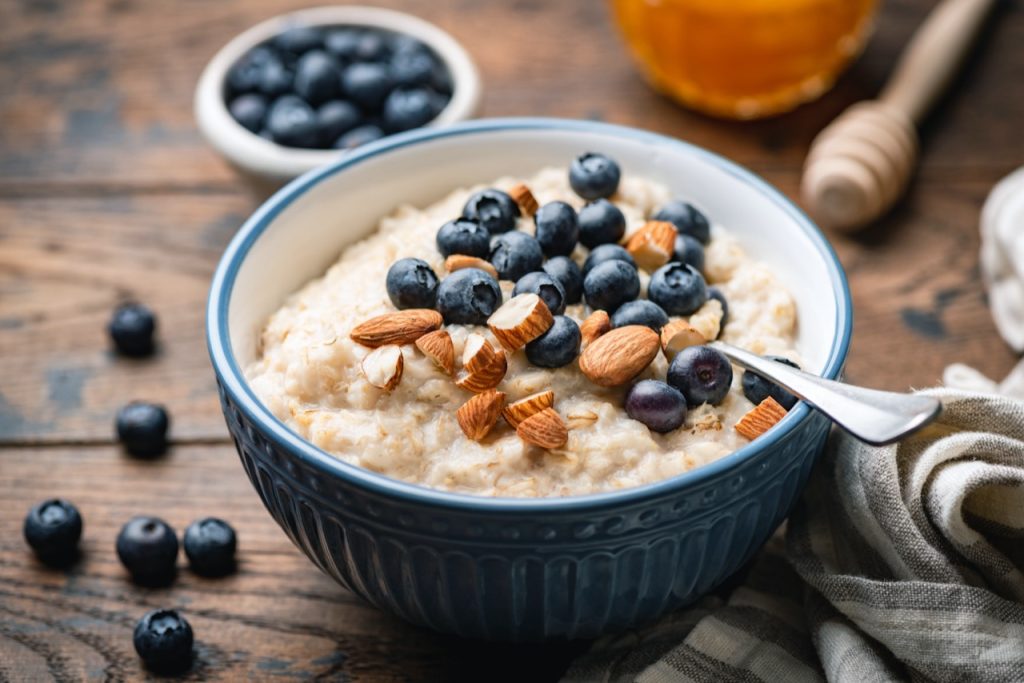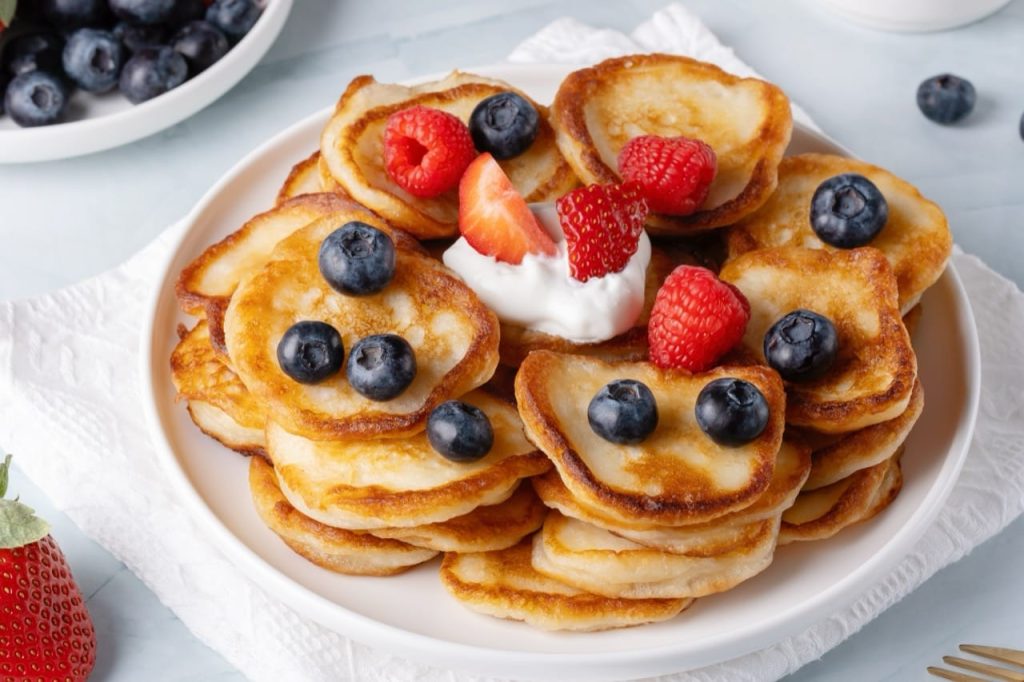Navigating the world of toddler nutrition can be a maze. One minute they love broccoli, and the next, it’s being launched across the room. As parents, guardians, or caregivers, ensuring toddlers are eating well-balanced meals that they actually enjoy can sometimes feel like a full-time job. But don’t fret, we at Best Kids Meals are here to guide you through choosing the best toddler dinners. Let’s dive in!
1. Nutritional Balance
First and foremost, toddlers need a balance of essential nutrients to support their rapid growth and development. A well-balanced toddler meal typically includes:
- Proteins: Lean meats, tofu, beans, and legumes are excellent sources.
- Whole Grains: Think quinoa, brown rice, whole grain bread, and pasta.
- Fruits & Vegetables: Aim for a colorful plate – the more varied the colors, the broader the nutrient profile.
- Dairy or Dairy Alternatives: Yogurt, cheese, milk, or fortified almond or soy milk.
- Healthy Fats: Avocado, olive oil, nuts, and seeds.
2. Size & Portions
Remember, a toddler’s stomach is about the size of their clenched fist. While it’s tempting to offer large portions hoping they’ll eat more, it’s better to offer smaller amounts and let them ask for more if they’re still hungry.
3. Texture & Ease of Consumption
Many toddlers are still mastering the art of using utensils and chewing. Opt for foods that are soft, easy to chew, and can be eaten with hands or minimal utensil use. Finger foods, for instance, can be a big hit at this age.
4. Fun & Creativity
Let’s be honest: a meal that looks appealing is more likely to be eaten. Transform regular foods into exciting shapes or combine different ingredients to make the plate vibrant. Think star-shaped sandwiches or a vegetable rainbow. A dash of creativity can go a long way in making meals more enticing.
5. Familiarity & Experimentation
While it’s essential to introduce new foods regularly, it’s also crucial to have some familiar items on the plate. A mix of both can ensure that even if the new food item isn’t an instant hit, there are still other nourishing options available.
6. Minimize Added Sugars & Salts
While many toddlers have a penchant for sweet and salty foods, it’s advisable to keep added sugars and salts to a minimum. Natural sweetness from fruits or slight seasoning is usually enough for their budding taste buds.
7. Listen to Their Cues
Toddlers are excellent at regulating their hunger. Some days they might eat everything on their plate, and other days just a few bites. It’s essential to respect their appetite and avoid pressuring them to eat more than they wish to.
8. Ensure Safety
Be wary of choking hazards. Foods like grapes, cherry tomatoes, and hot dogs should be chopped into small, bite-sized pieces. Always supervise meal times and ensure your toddler is seated while eating.
9. Involve Them
Whenever possible, involve your toddler in the meal preparation process. Whether it’s washing veggies, stirring the pot, or setting the table, participation can pique their interest and make them more excited about the meal.
10. Flexibility is Key
Lastly, while it’s great to have guidelines and best practices, every toddler is unique. What works for one might not for another. It’s crucial to stay flexible, keep experimenting, and find what suits your toddler best.
Choosing the best dinners for toddlers doesn’t need to be a daunting task. With a little knowledge, creativity, and patience, you can ensure that meal times become a fun, bonding, and nourishing experience for both you and your little one. Remember, at the heart of it, it’s not about achieving perfection but ensuring your toddler is exposed to a variety of nutrients and develops a healthy relationship with food. Happy feeding!





